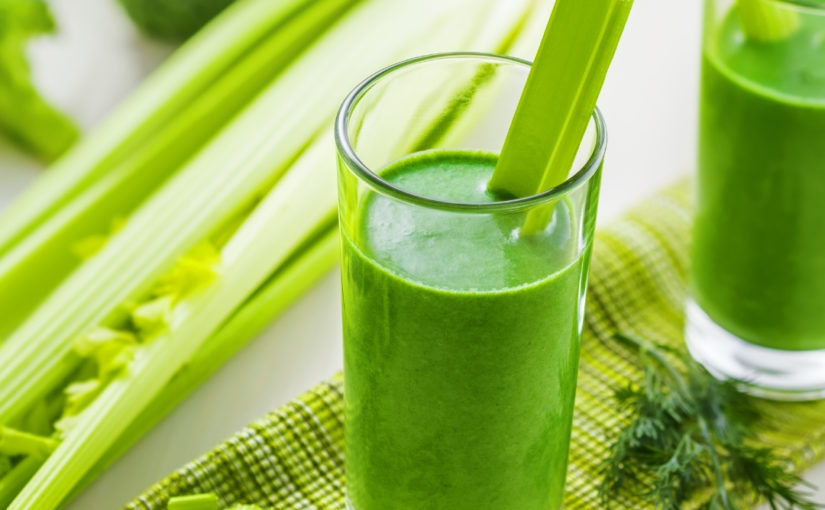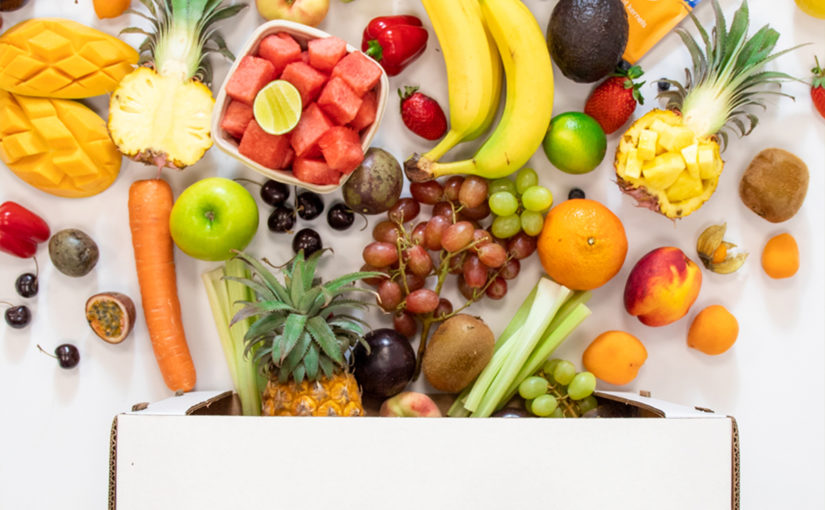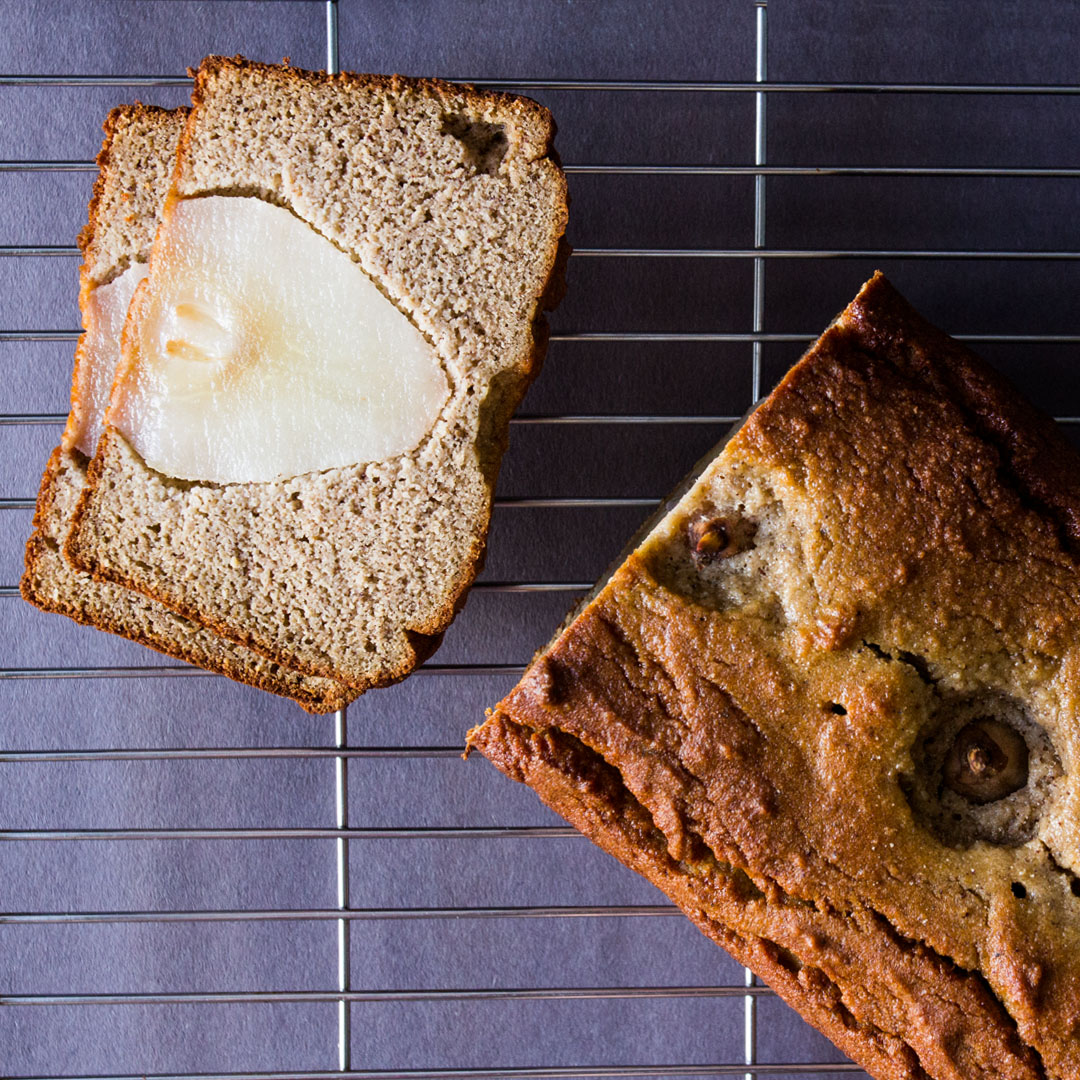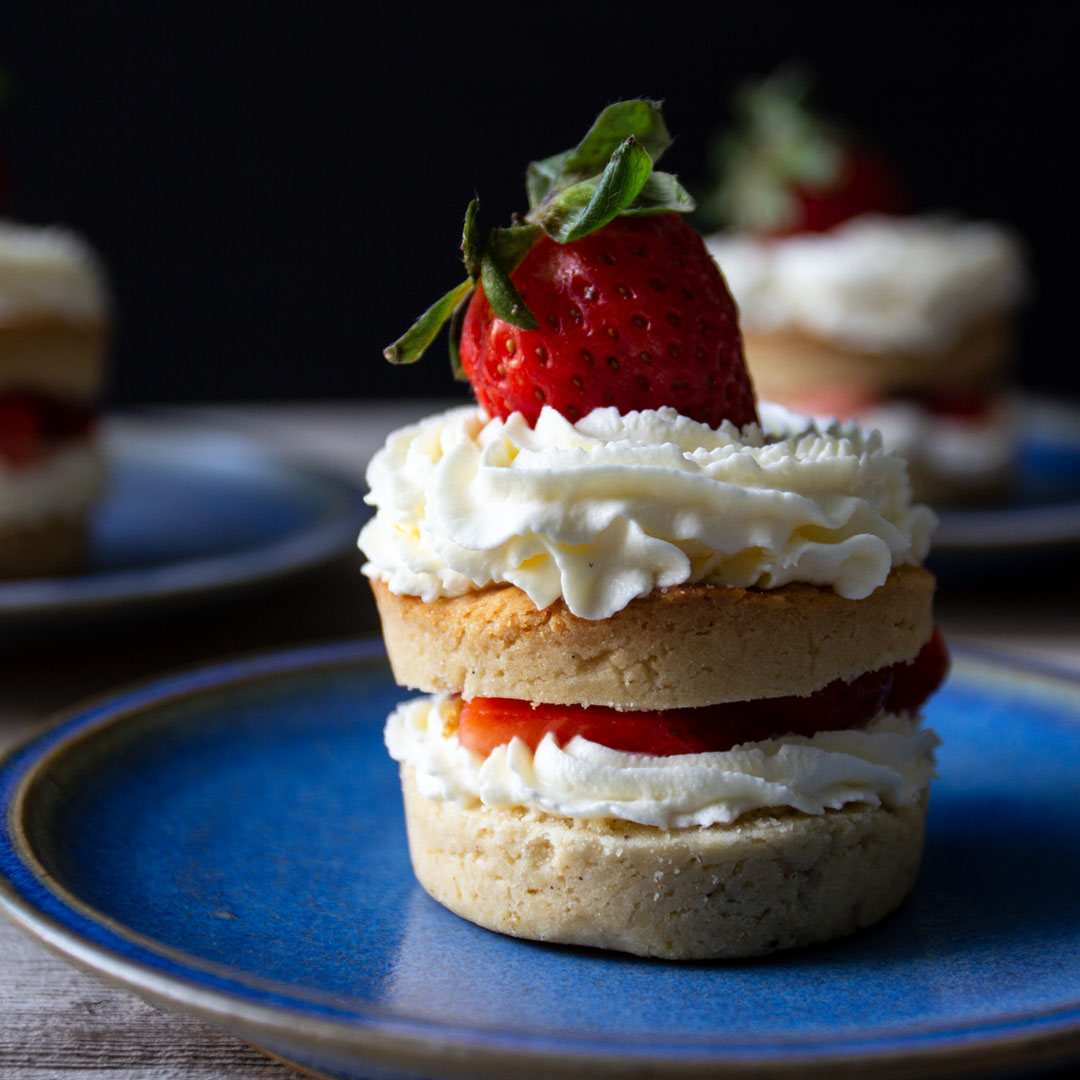Cancelling plans is okay. Staying home to cook is okay. Disappearing to get your life together for a bit is okay. It’s called self-care.
A light-hearted note to introduce Self-Care September.
Self-care is a term that pops up frequently on social media conjuring up thoughts of luxurious bubble baths and face masks but more importantly and perhaps not spoken about as often is it is a space for you to prioritise yourself and take some much-needed me-time to restore not only your physical but also your mental wellbeing in whatever shape that may be.
September brings with it a few changes with Autumn rolling in, the weather cooling and the new school year starting. It can be a great time to slow down and reflect before the hustle and bustle of the new season.
As the Action for Happiness movement states – “Self-care isn’t selfish; it’s essential.” In today’s world of bright screens, ever scrolling thumbs and constant hustling, we often place our needs on the back burner leading to feelings of anxiousness, exhaustion and being overwhelmed. By incorporating Self-care more regularly in our daily lives, we are helping ourselves to restore our mental and physical health. It’s essential, now more than ever on the heels of a pandemic, to be kind to yourself and make self-care a priority.
This month we encourage you to be a little kinder to yourself (as well as others). Not too sure where to start on your self-care journey? Not to worry, we’ve rounded up some easy tips for decreasing stress, encouraging happiness, and stepping up overall health.
An essential part of taking care of yourself is making sure you have the basic necessities met. One aspect we sometimes forget with our busy lives is sleep! If you think sleeping is for the dead, then this one is definitely for you.
To be a functioning human adult, doctors recommend adults to sleep between 7-9 hours a night (depending on age, sex and genes). Part of a good night’s sleep is a healthy nighttime routine, so try limiting the endless scrolling (we know it’s hard), pop your phone in another room, spray some lavender essential oils and get cosy for a night of deep sleep.
If 7-8 hours nightly is challenging, then indulge and sleep in a little on the weekend. Don’t worry, that 8:00 am workout class can wait (and don’t forget to be kind to yourself about it!)
- A little gratitude goes a long way
Every cloud has a silver lining, and often our brains are trained to see the negative, which can overall leave us feeling a little more teary after a hard day. However, taking a few minutes out of your day to focus on five things you’re grateful for can help remove the emphasis on the negatives and help shed light on the positives, no matter how much the day may have sucked.
You are not a perfect human being expected to be everywhere with everyone all the time. You can only do your best and still retain some semblance of sanity! So next time you agree to cook dinner for friends after a week of business lunches and to cater the school bake-off-, take a break. Say no and take a rain check. It’s okay, we promise you! You are more important than your to-do list, so prioritise your well-being as psychologist, Erica Wollerman states.
- Create Family/Friend Time
Schedule some time to spend with the ones you love. Reconnecting over dinner or chatting over a cup of coffee with close friends can help us to ground ourselves and develop healthy stress coping mechanisms. Research has shown that spending time with family and friends can be linked with decreasing stress levels and may even increase your lifespan.
Easy is the name of the game on Fruitful Day. If you’re looking to ditch slaving over a 5-course meal for friends and family and looking for a cosy way to catch up try our grazing platter.
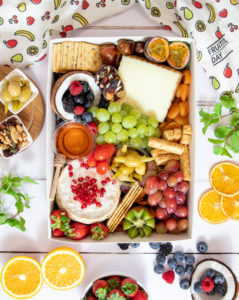
An oldy but a goody. A 15-minute brisk walk in the park or a 45-minute cycle class-pick your poison. Either way, get moving and get those happy hormones flowing to give your mental health a quick glow-up.
With our phones primed to keep us scrolling and our work lives at our fingertips, the lines between real life and work/social media can become blurred, keeping us “on-call” nearly 24/7. An entire digital detox is not needed,(although, ditching the phone at home and heading out into nature can also be great) try setting a daily limit or switching your phone to Flight Mode on the weekends and evenings to feel more in touch with your near and dear as well as the wider world. Use the time to unwind and focus on some more of the self-care tips we are about to dive into.
- Take 5 minutes out for yourself
It may not seem like a huge action, but taking 5-10 minutes out of your day to slow down can be extremely beneficial. It doesn’t necessarily mean laying down the yoga mat and meditating; it may just be grabbing a favourite book or even practising some breathing exercise for a few minutes. This can help us to slow down our ever racing minds and draw a bit of perspective.
- Laughter is the Best Medicine
Whether you’re quietly giggling at a puppy on Facebook or chuckling at another Modern Family episode – laughter does you good!
A few LOLs here and there can help positively boost mood by stimulating the brain to release endorphins (our happy hormones), reinforce our immune systems, raise our pain tolerance, and strengthen relationships. So, pop on your favourite comedy or head out to the laughter factory to get your daily dose of laughter.
It would not be Fruitful if we didn’t add at least one fruit recommendation!
A simple and easy way to practice self-care is to add more fruits and veggies to your daily diet. Countless studies have shown the positive effects not only physically but mentally on loading up on nature’s candy! One research study has suggested that eating berries, for example, is a neat way to boost your brain health. And, as the age-old saying goes, an apple a day does, indeed keep the doctor away. As one study stated, prescribing an apple a day to adults aged 50 and over would help prevent or delay vascular deaths such as heart attacks.
It can be a little overwhelming with the wealth of evidence out there supporting all fruit and veg but, at Fruitful Day we aim to make Self-care this month as straightforward as possible with our Immunity Box, 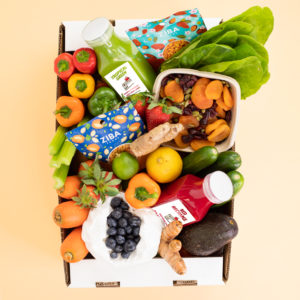 which contains everything you might need to help boost mental and physical well being.
which contains everything you might need to help boost mental and physical well being.
Self-care is highly personalised, so incorporate all or only a few tips; the essential theme running throughout is to focus on you and your needs and be kind to yourself! And, if you feel like you didn’t get the fullest experience of Self-care this month, luckily Treat Yo Self Day is October 13. Perfect timing.

